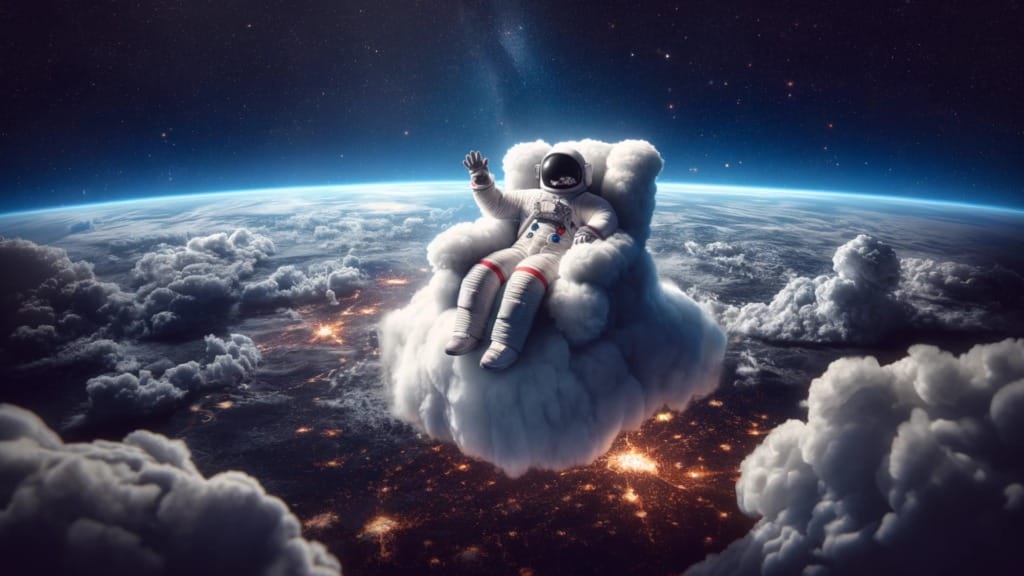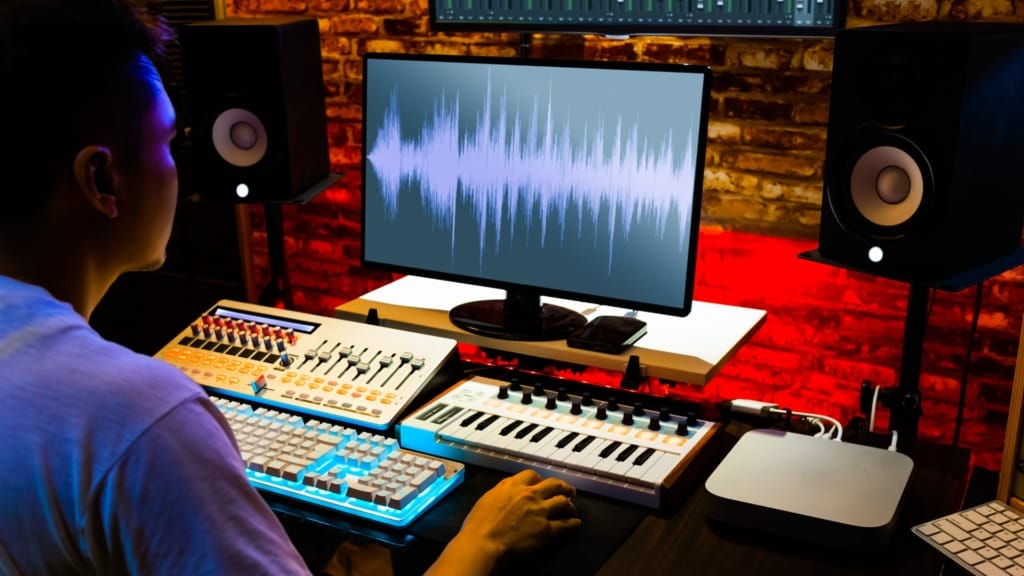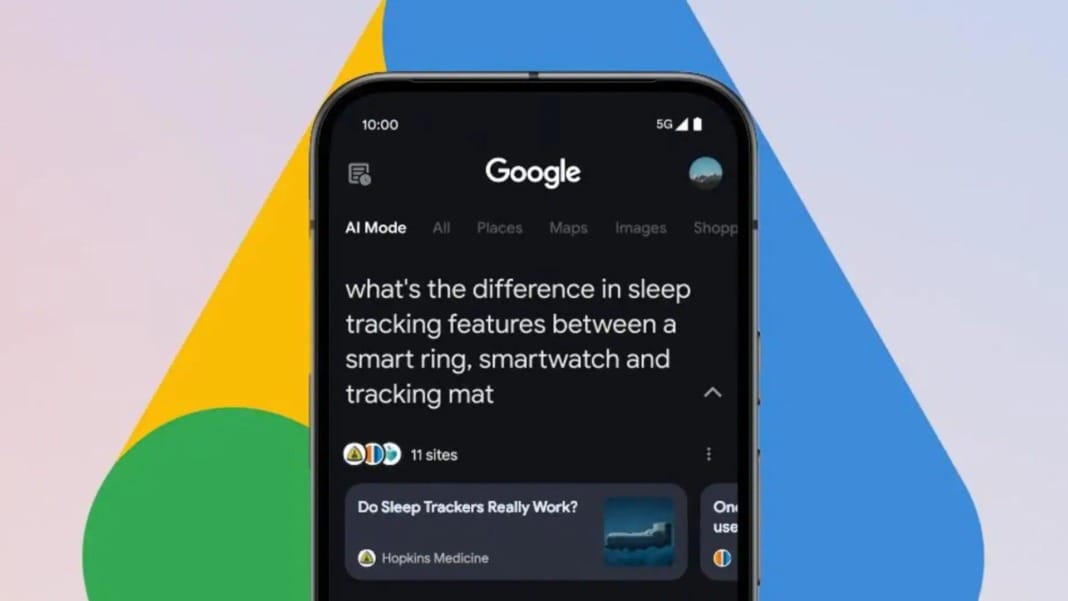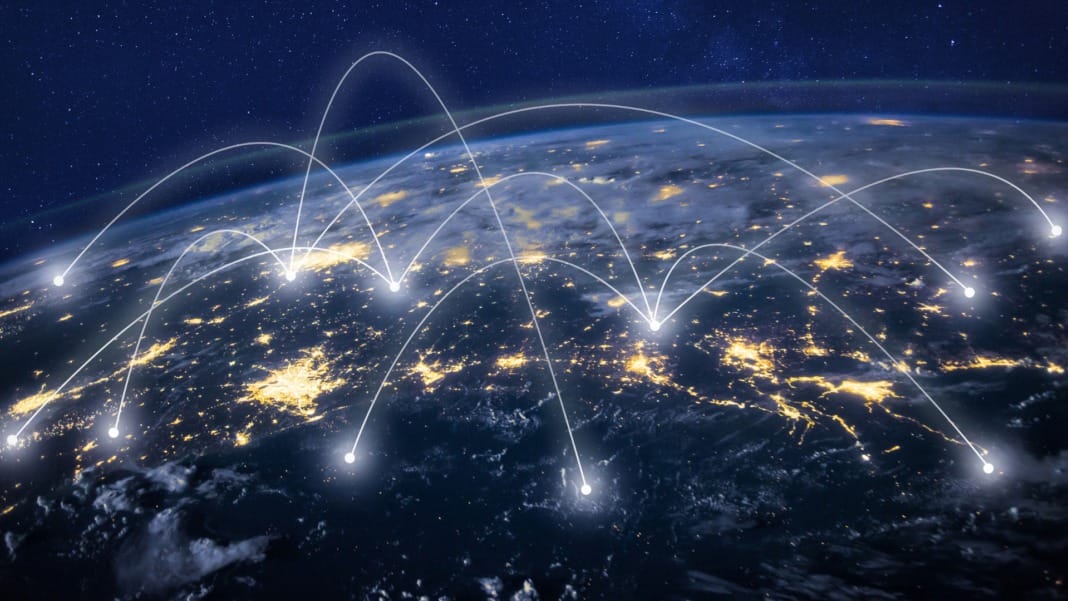In 2024, consumer spending on generative AI applications is set to exceed US$1.1 billion, highlighting a significant shift in the creative landscape. This surge reflects technological advancements and signals how generative AI is reshaping the way we create and consume content. These tools enable users to create high-quality work quickly and affordably, from generating art and music to producing videos and written material.
Generative AI’s appeal lies in its accessibility. Traditionally, creating high-quality content required professional equipment, software, and expertise. Generative AI breaks down these barriers, allowing anyone—from artists and musicians to small businesses and hobbyists—to easily create professional-grade content. Users can produce artwork, music, videos, and more by simply entering a prompt or idea. These tools are democratising creativity and offering unprecedented opportunities for individuals and businesses.
What makes generative AI apps so powerful
The core of generative AI’s power is its simplicity and versatility. These apps allow users to create complex content—such as stunning artwork, lifelike videos, and original music compositions—with minimal input. For example, AI tools like DALL·E and Runway generate visual artwork from text descriptions, while platforms like AIVA compose original soundtracks with just a few user-defined parameters.

These tools’ ability to work across multiple media types makes these tools particularly powerful. A single idea can be transformed into an image, a video, or a piece of music, accelerating the creative process. For businesses, this means generating high-quality content for marketing, advertising, and other purposes at a fraction of the traditional cost. AI tools allow brands to produce images for ads, videos for social media, and even custom music tracks quickly and affordably.
Generative AI also opens up creative possibilities for those who don’t have access to professional design software or the expertise to use it. With just a few clicks, anyone can create polished, professional content, whether for personal use or business purposes. This empowers small businesses, startups, and freelancers who might not have the resources to hire an entire creative team.
Industries driving growth in generative AI
Generative AI is making a profound impact across several key industries, with marketing, gaming, and education leading the way. These sectors are driving the growth of generative AI, harnessing its capabilities to innovate, streamline processes, and boost creativity.
In marketing, generative AI is transforming how companies produce and distribute content. Marketers use AI to create everything from social media posts and blog articles to custom visuals for advertising campaigns. AI-driven tools enable marketers to generate personalised content at scale, helping brands connect with their audience more effectively. For example, AI can generate targeted social media ads based on individual user preferences, driving engagement and boosting conversions.
The gaming industry is also embracing generative AI, with developers using the technology to create characters, levels, and entire worlds. AI tools can generate game assets at an unprecedented speed, allowing developers to focus on more complex aspects of game design. These tools also enable players to generate new environments or characters based on their preferences, making the gaming experience more immersive and personalised.
In education, generative AI is changing how learning materials are created. AI tools can generate personalised study guides, quizzes, and interactive lessons, enabling educators to tailor content to students’ individual needs. This not only saves time for teachers but also makes learning more engaging and effective for students. As the education sector continues to explore AI’s potential, even more innovative applications will emerge, from AI-generated educational content to virtual tutors and learning companions.
These industries are just the beginning. As generative AI evolves, its applications will continue to expand across various sectors, offering even more opportunities for innovation and growth.
Challenges and risks of generative AI
While generative AI offers immense potential, it also presents several challenges and risks. One of the key concerns is bias in AI-generated content. Since AI systems are trained on large datasets, they can inadvertently reproduce harmful biases or stereotypes. This is particularly problematic in areas like marketing, where biased content can have far-reaching consequences.
Another significant risk is the spread of misinformation. As AI becomes more capable of generating realistic and convincing content, it becomes harder to distinguish between what is real and what is AI-generated. Deepfakes—AI-generated videos that manipulate audio and visual content—are a prime example of how this technology can be used maliciously. The rise of AI-generated fake news, images, and videos seriously threatens the integrity of online information.
Copyright infringement is also a concern. Since AI tools generate content based on vast datasets, questions arise about ownership. If an AI-generated image is based on existing artwork, or if a song is composed using pre-existing music samples, who holds the rights to the content? These legal and ethical issues are still being worked out, and creators and businesses must navigate the risks associated with generative AI use.
Opportunities for businesses and creators
Despite these challenges, generative AI presents vast opportunities for both businesses and creators. For businesses, generative AI allows for highly personalised customer experiences at scale. Companies can generate tailored recommendations, create customised ads, and even design products based on individual customer preferences. AI can also automate aspects of content creation, saving time and resources while still delivering high-quality, personalised experiences to customers.

For creators, generative AI provides new ways to monetise their work. Musicians, artists, writers, and filmmakers can use these tools to create content more quickly and efficiently, enabling them to produce a greater volume of work in less time. AI-generated content can also be licensed or sold to brands, businesses, and other creators, creating additional revenue streams. These tools also offer creators the ability to experiment with new ideas, expanding their creative horizons in ways that weren’t possible before.
Generative AI also offers businesses the chance to improve efficiency. Companies can automate repetitive tasks—such as writing product descriptions or generating social media content—freeing up employees to focus on more strategic activities. AI can also help businesses analyse data and generate insights, enabling more data-driven decision-making and improved overall performance.
What’s ahead for the creative revolution?
As generative AI evolves, it is set to reshape the future of creativity. We’ll likely see AI-driven content creation integrated into everyday life in the coming years. AI will assist in the creative process and collaborate with human creators, unlocking entirely new creative possibilities.
This partnership between humans and AI has the potential to spark a creative revolution. With AI, individuals and businesses can generate more diverse and innovative content while breaking down traditional creative barriers. As these tools become more accessible, a surge of new ideas and creative ventures will emerge, fundamentally transforming how we produce, consume, and interact with content.
Generative AI represents the beginning of a new creative era. With its potential to empower creators, improve business efficiency, and democratise content creation, we are on the brink of a future where anyone can be a creator. As technology advances, the possibilities for innovation will only expand, ensuring that the creative landscape will never be the same again.





